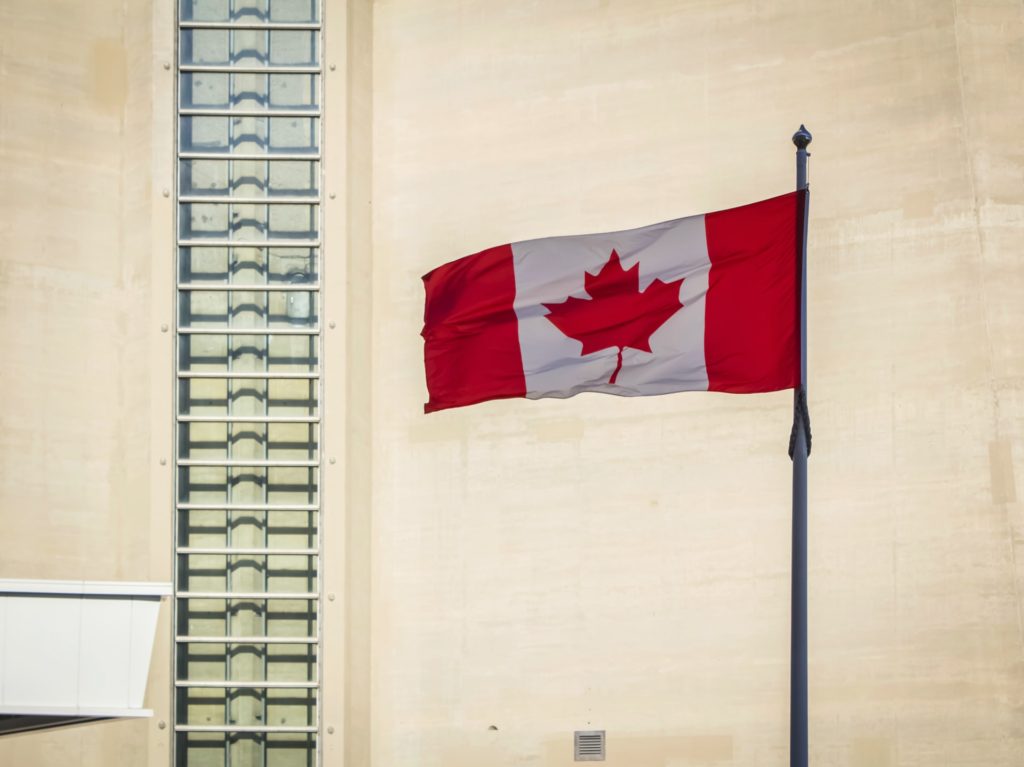The Entry/Exit program allows Canadian border services to communicate traveller information with Immigration Canada. IRCC expects overstay indicators for temporary residents will begin appearing in Entry/Exit search results in November 2022, once enough air carriers are on-boarded.
Source: CIC News
Since February 2019, the Entry/Exit Program has allowed the Canadian border to collect basic traveller information and share it with Immigration, Refugees and Citizenship Canada (IRCC).
IRCC uses the information to verify residency requirements for applications for permanent residence, work permits, study permits, and Canadian citizenship applications. Some programs require applicants to be in Canada for a certain number of days. For example, in order to apply for citizenship, permanent residents need to have been physically present in Canada for 1,095 days out of the five years prior to the date of their application.
With the Entry/Exit Program, IRCC can inquire about traveller information from the Canadian Border Services Agency (CBSA) via the Global Case Management System (GCMS), which is the system IRCC uses to process immigration applications.
What information is available?
For now, the Entry/Exit program is only open to travellers to come to Canada by land and air. It is not yet available for marine and rail travel to Canada. The information that IRCC can access through the Entry/Exit program includes:
- given and family names
- aliases
- date of birth
- gender
- country of birth
- country of citizenship
- passport details
- date of entry/exit
CBSA stores the information in the GCMS, which IRCC can use as needed to administer the Immigration and Refugee Protection Act (IRPA), the Citizenship Act, and the Canadian Passport Order.
How IRCC uses Entry/Exit data
According to the government website, IRCC can use Entry/Exit data to:
- verify residency requirements in support of applications for grants of citizenship (CIT) or permanent resident cards;
- verify if a temporary residence applicant may have previously overstayed their allowable period of admission in Canada;
- assist in an investigation of an individual’s entitlement to a Canadian travel document;
- verify that sponsors are residing in Canada;
- verify the residency of spouses and partners under the spouse or common-law partner in Canada class;
- verify whether or not a refugee claimant entered Canada using their travel documents; and
- support investigations of possible fraud in relation to immigration, citizenship, and passport/travel document programs.
IRCC does not need client consent in order to query traveller entry and exit information. They are allowed to access the information if it is relevant to an IRCC officer’s decision in relation to a specific program. Only IRCC roles that make decisions on applications can access Entry/Exit information in the GCMA.
IRCC officers are not allowed to disclose entry and exit information unless it is necessary to administer the IRPA and is covered under an information-sharing agreement. Any disclosure not covered under a memorandum of understanding or other information-sharing agreement must be governed by CBSA.
As CBSA is the owner of the data, all authorized CBSA employees have access to it.
Travellers can request a copy of their personal travel history through an access to information request under the Privacy Act. To request a correction, travellers can contact the CBSA.
Temporary residence applications
IRCC can request Entry/Exit information for the following application types:
- temporary resident visas
- temporary resident permits
- visitor records
- work permits and work permit extensions
- study permits and study permit extensions
- electronic travel authorizations (eTAs)
The Entry/Exit data can be used to check whether a foreign national has previously exceeded their authorized period of stay in Canada. The government calls this “overstay monitoring.” It begins when a traveller enters Canada and ends upon their exit. If the applicant has overstayed their visit, an “overstay indicator” will appear as a checked box in the GCMS once queried.
IRCC expects overstay indicators for temporary residents will begin appearing in Entry/Exit search results in November 2022, once a sufficient number of air carriers are on-boarded.
Permanent residence applications
Entry/Exit information is available to IRCC for the following permanent residence application types:
- permanent resident cards
- permanent resident travel documents
- overseas refugees
- family class sponsorships
The data can be used to outline the periods of time spent in and outside Canada, and will allow IRCC to see if residence has been maintained. In addition to residency requirements, IRCC may make an Entry/Exit query to investigate misrepresentation, or revocation of Canadian documents.
For family sponsorship applications, Entry/Exit data can be used to determine if a sponsor is residing in Canada.
Citizenship applications
Exit/Exit data can be used in citizenship applications to:
- verify compliance with physical presence requirements for grants of citizenship;
- assist in the verification of other requirements, such as, flagging of potential loss of permanent resident status, the need for applicants to submit foreign police certificates, or misrepresentation;
- verify compliance with physical presence requirements for resumption of citizenship; and
- assist in cases of revocation of Canadian citizenship.


 info@clickimmigration.com
info@clickimmigration.com